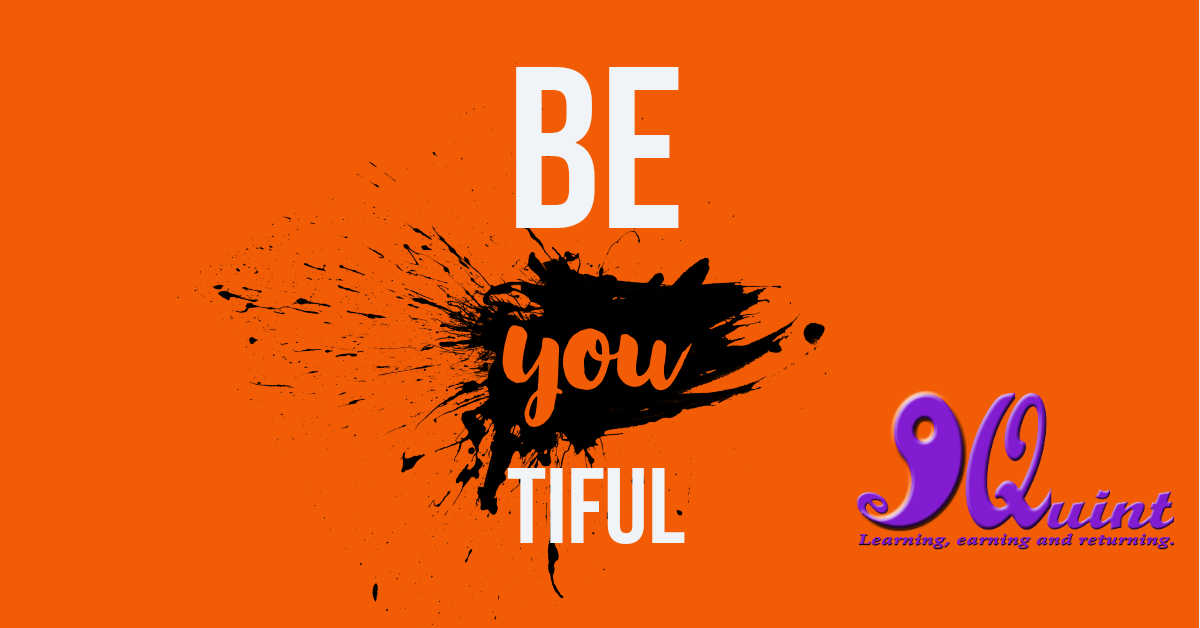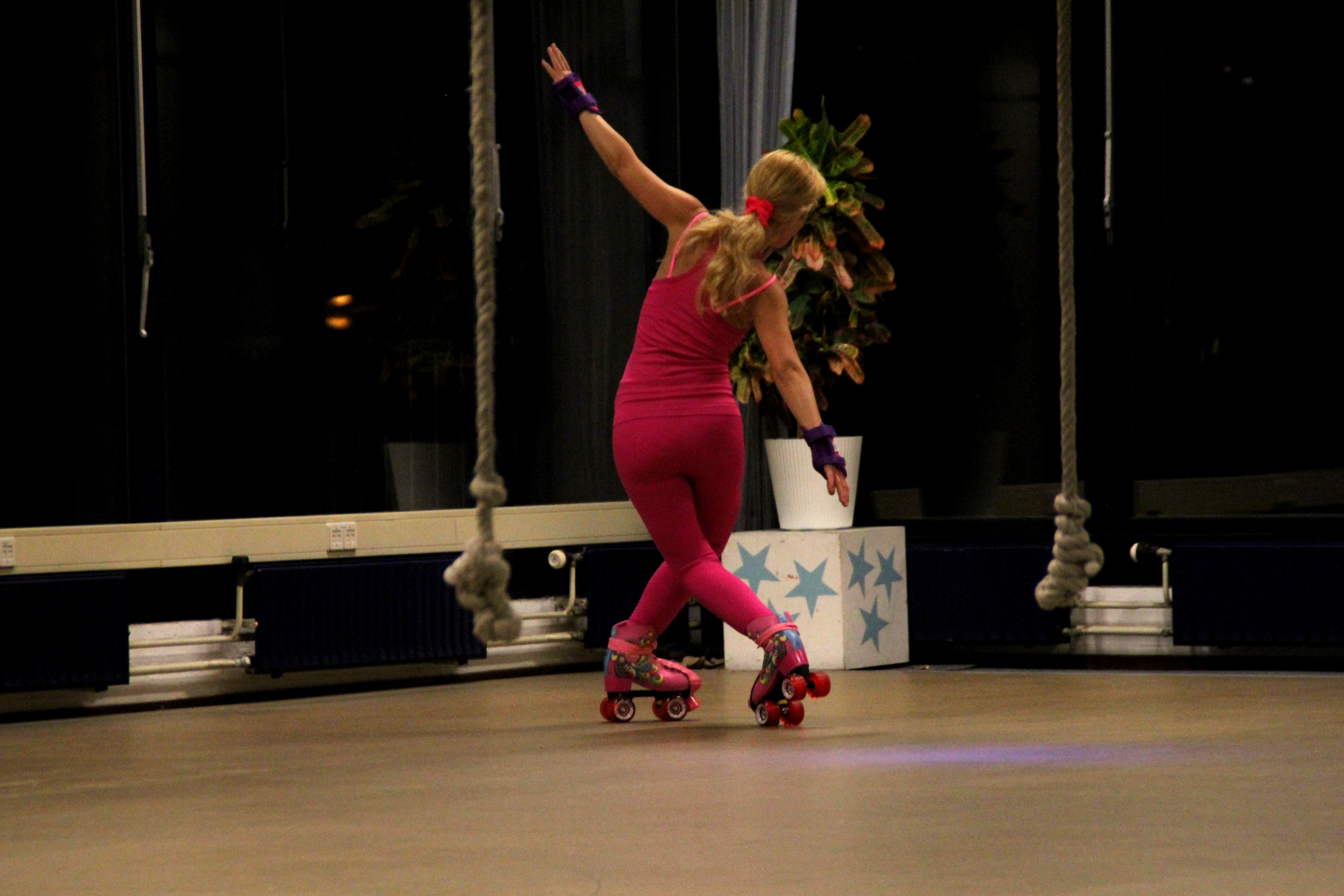Valuable lessons from snapshots
Geplaatst op 06-10-2020

No pictures please!
“No, no, no, WHAT are you going to do with THAT photocamera?”, she asked. With her eyes almost popping out of her eye sockets and her eyebrows catapulted against the high ceiling.
Before I could give a proper response, Lady B1 went on arguing, that it would be impossible for me to take her photographs as she didn’t glue well at all, on any picture. Her husband on the other hand, wouldn’t mind at all, but she – as she stated – is simply too ugly to be captured and was having none of it.
At this point, I wasn’t sure she was joking or not, but I thanked her for the warning and for pointing out her ugliness, which I had failed to notice and establish even after she mentioned it. I calmly proceeded to explain, that I know perfectly well what I`m doing and that I would first consult her about the results, before any possible publication. Her husband was enjoying the scene, as he tried to somewhat hide his grinning, for he apparently understood the dangerous situation I had gotten us all in.
Pretending I was distracted by something else, I conveniently let time pass by and within ten minutes or so, she was already back into her super concentrated practice mode.
If she had given me the chance to properly answer her initial question, I would of course not have told her, that I totally don’t have a clue what the heck I`m doing. Yes, I take pictures. But I`m not a photographer by any stretch of the imagination, nor do I have the desire to be one. I simply take snapshots, that’s it.
Safety and efficacy.
Movement, posture and progression; that’s what I observe and try to capture. Back home, I study all snapshots, take notes, draw conclusions and then use my findings to improve didactics and change exercises and drills for the sake of efficacy; my modus operandi since the early 1990’s.
In modern times, I certainly do upload a portion of those snapshots on various social platforms, albeit always with consent of course. In roller skating work mode, people have various thoughts and assumptions of how things must look like. But in most cases, it always looks better than they think it does, which makes pictures an excellent tool, to propel positivity and stimulate self-confidence and motivation.
In my eternal quest to improve my didactic skills as a trainer, video snippets, but even more so photographs and screen stills, have proven to be very effective assets to smooth out trouble points.
Tweaking exercises and drills in order to keep practitioners as safe as possible, while trying to establish maximum training benefits, takes a lot of observation time. But in doing so, patterns can be discovered and then used to tackle general pitfalls. At the same time, good observation techniques allow a trainer to make quick and effective adjustments on an individual level. In this way, the absolute intrinsic ways of moving of the practitioner, can be kept fully intact, while stimulating effective skill development.
Posture and the way an individual moves or even initiates moves and handles balance disturbance, is absolutely unique for that particular individual. In fact, individual posture and motion are just as unique as one’s fingerprint. Height, weight, experience, injuries, innate limitations and self-esteem; they are all important components of the equation, determining how one moves and the potential to adjust and improve.
Luckily for any skilled trainer, the human body is preprogrammed to adapt to demanding circumstances and has remarkable self-generating capacity. The whole challenge is to understand the individual software and to not damage the hardware, in order to reach maximum results and/or expand potential.
Second opinion on double chins.
Interestingly enough, another practitioner recently asked for a second opinion on uploaded photographs where she appeared in and suddenly became aware of double layers of `chin` exposure. Three independent people – at her request - looked at the picture and did a close study on it; no double layers of chin where to be found anywhere. Excellent posture, concentrated faces and tensed upper extremities however, where evidently to be witnessed, which were the initial reasons for publication. After our conclusions, she responded `Yeah well, now that I`m taking a second and third look at the picture, ok yeah, you may be right` and she let go of the matter with soft resistance.
Perception of reflection.
As stated earlier, studying posture and movements on roller skates is absolutely vital, in order to keep people safe and still establish maximum training results. Videos and photographs are excellent tools, but being confronted with them, is not always handled well, especially the first time. It is similar to hearing your own voice on a recording for the first time. Most people are immediately appalled by their own sound and you will quite often hear responses like “Oh my goodness, is THAT me? I really sound awful!”
There is a variety of reasons why people dislike what they see (or hear) of themselves and it can be quite distractive and obstructive to growth and improvement. Fortunately, there are effective ways to learn how to look at oneself and how to focus on the things that contribute to improvement. And once a certain level of confidence and/or tolerance is reached, the path is cleared to explore more.
Facial recognition technology.
In this day and age, something totally else other than self-confidence and self-awareness is worth contemplating. In short, what goes around on the internet, stays on the internet. And modern day technology goes way beyond the realms of our understanding and even our wildest imagination.
We have many trainees, who explicitly do not want to appear on photos or videos, because of personal privacy reasons and/or the line of work they’re in. Government officials, school teachers, police personnel, youth workers and so on, all have their specific reasons not wanting to appear anywhere on the internet, in any way, shape or form.
A brief interesting talk with someone working in military classified setting, described it best and made the picture totally clear to me: “From a professional standpoint, I know too damn well looking in from the other side, what happens with data and information such as photos and videos, civilian and non-civilian”.
As for lady B and her husband, they are one of the kindest people I’ve ever had the pleasure of working with. Lady B moves like an angel and her husband moves like a very happy whippet puppy despite his grand posture. Their extremely funny facial expressions alone, (yes, both of them) are worth studying and you wouldn’t get bored for a second. And in addition, their always crazy colorful outfits, do nothing more than absolute justice to their already bright appearances.
I am forever grateful, they have crossed the Es Quint path in this life and that they allowed me to take their photographs and approved the results.
Brian B. Kanhai, Soulful Fitness Trainer, Es Quint Foundation.
1Due to privacy reasons, no names are mentioned in this article.


